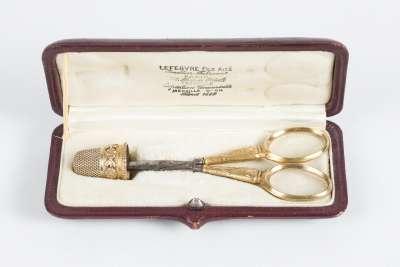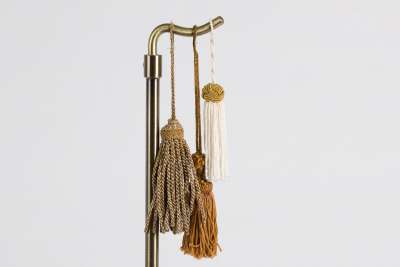A French pair of silver scissors in orignal box. Hallmarked silver with the boar head .. the french dating used from 1838 to present.
Condition: Wear consistent with age and use.
Dimensions: Weight 10gm with box 25gm, Length 9.5cm with box 11.5cm Width 3.5cm with box 5.1cm













